Advertisement
The industrial robotics market is expected to hit $291 billion by 2035, according to a new report that highlights how automation is shaping the future of manufacturing. This projection reflects years of steady growth, fueled by demand for higher productivity, rising labor costs, and improvements in robot technology.
Companies around the world are increasing their investments in robotic solutions, not only to reduce costs but also to enhance consistency and meet evolving customer expectations. The journey from traditional assembly-line machines to today's flexible and intelligent systems shows how far the industry has come — and how much further it can go.
Industrial robots first appeared on factory floors in the 1960s as simple mechanical arms designed for repetitive tasks, such as welding and painting. Over time, they became faster, more precise, and programmable, which made them indispensable in car manufacturing and electronics assembly.
Over the past two decades, these machines have advanced beyond fixed motions. Sensors, machine vision, and better software now allow robots to adapt to their environment and handle a wider variety of tasks. This transition from rigid automation to more adaptive systems opened up industries beyond automotive. Now, industrial robots are seen in packaging, food processing, logistics, pharmaceuticals, and even textiles. The global supply chain disruptions of recent years and an aging workforce in many developed economies accelerated adoption further, proving that robots are not just about replacing humans but supporting industries where labor is scarce.
The report predicts that this growth trend will continue as technology continues to lower costs while improving performance. By 2035, the market value of industrial robotics is expected to be more than triple its current size. Factors such as the integration of artificial intelligence, improved human-robot collaboration, and the growing demand in emerging economies are expected to sustain this momentum.
Several factors are contributing to the sharp increase in the adoption of industrial robotics. Rising labor costs, particularly in manufacturing hubs such as China, have made automation a more attractive investment option. Manufacturers no longer view robots as an optional upgrade, but rather as a necessity for remaining competitive in global markets.
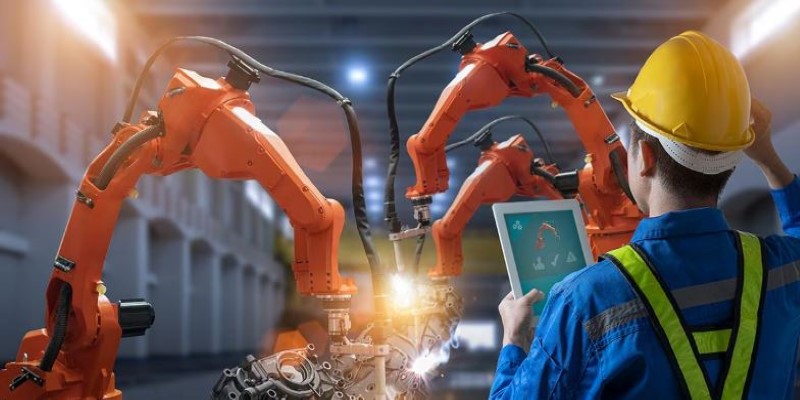
Another key factor is precision. Consumers expect products with fewer defects and more customization. Robots can deliver consistent quality at higher speeds, making them ideal for meeting these demands. With advancements in sensors and programming, robots can even handle delicate materials, which was once considered impossible for machines to handle.
Smaller and mid-sized manufacturers are also entering the market. The cost of acquiring and maintaining robots has decreased significantly, making automation accessible beyond giant corporations. Easy-to-program models now allow even companies with limited technical expertise to benefit.
Emerging technologies are creating new categories of industrial robotics. Collaborative robots, or “cobots,” can work safely alongside humans, performing tasks that require dexterity while leaving humans to handle decision-making. Artificial intelligence is giving robots the ability to “learn” from their tasks and improve efficiency over time. Cloud-based systems let manufacturers monitor and control their operations remotely, which became particularly valuable during the pandemic when site access was limited.
In addition to technology, regional economic changes are influencing the market. Many emerging economies are seeing growing demand for automated production to support expanding middle classes and exports. Governments in Asia, Europe, and North America are encouraging automation through incentives and investments, recognizing that modernizing factories improves their industrial competitiveness.
Factories in 2035 are likely to look very different from what we see today. The report suggests a shift toward fully integrated, highly adaptable production environments. Robots will not simply repeat the same task but will move fluidly across processes, adjusting based on real-time data and customer needs.
Human workers will continue to play an important role, but in different ways. Rather than performing manual labor, many will oversee operations, handle maintenance, or work on system optimization. Collaborative robots will assist them, enhancing safety and reducing fatigue.
We can also expect industrial robotics to contribute to achieving some sustainability goals. Automated systems can minimize waste by improving accuracy and reducing errors. Energy-efficient robots and better production planning will help reduce the carbon footprint of factories. As industries seek to comply with stricter environmental standards, robots are expected to be part of the solution.
One area gaining attention is the use of robotics in sectors previously untouched by heavy automation, like agriculture and construction. These industries face labor shortages and are testing robots for planting, harvesting, bricklaying, and inspection. This expansion beyond traditional manufacturing will contribute to the market’s projected size.
Even as industrial robotics progresses, there are challenges that could influence its growth. Initial costs, while lower than before, are still significant for small businesses in developing regions. Workforce retraining remains a concern, as many existing workers lack the skills to manage and maintain automated systems.
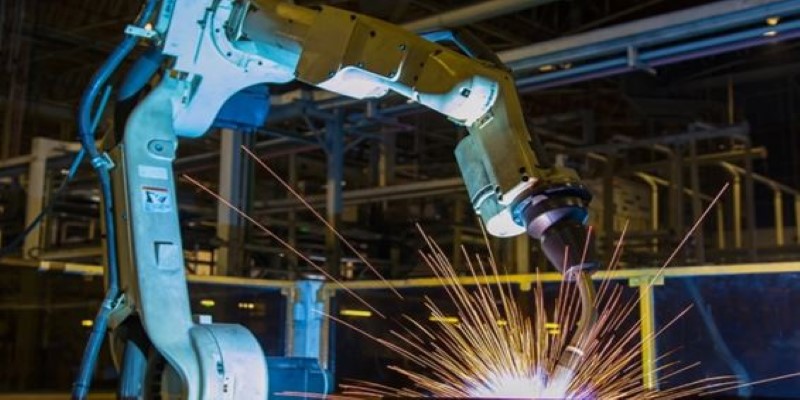
Cybersecurity is another growing issue. As robots become connected to networks, they become vulnerable to cyberattacks that can disrupt production or compromise sensitive data. Manufacturers need to build strong defenses alongside their investment in hardware and software.
Lastly, there are social and regulatory questions about how automation impacts employment. While robots can fill gaps where workers are unavailable, there is public concern about job losses. Governments and companies will need to invest in reskilling programs and education to ensure workers can transition to new roles created by automation.
The industrial robotics market, reaching an estimated $291 billion by 2035, reflects both the progress already achieved and the opportunities ahead. Automation is no longer limited to a few high-tech factories but is becoming a standard part of production across industries and regions. With improved technology, falling costs, and rising demand, robots are reshaping how goods are made and delivered. Challenges remain, from workforce adaptation to cybersecurity, but the path forward is clear: industrial robotics will continue to redefine manufacturing and beyond. Companies that embrace this transformation thoughtfully are likely to lead in efficiency, quality, and sustainability in the years to come.
Advertisement

Discover how to build a consistent, effective meditation habit using ChatGPT as your personal AI wellness assistant.
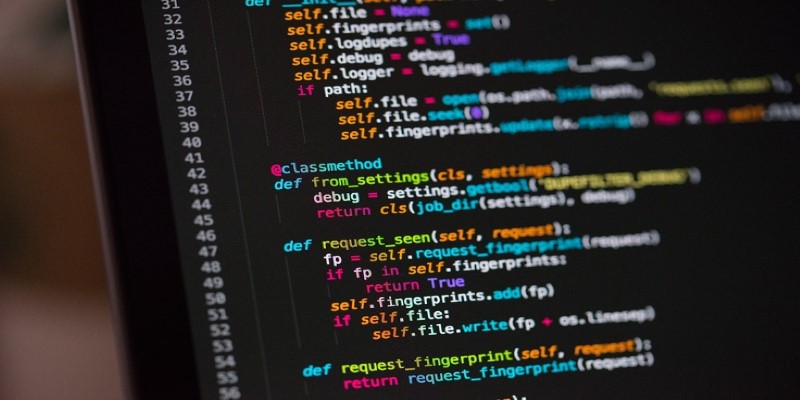
Ready to dive into Python? This guide covers the core concepts you need to understand, helpful resources, and project ideas to start using Python effectively. Perfect for both beginners and those brushing up

Google Veo 2 review highlights its advanced video generation tool capabilities while raising serious AI video model concerns

Install and run ChatGPT on Windows using Edge, Chrome, or third-party apps for a native, browser-free experience.

SQL doesn’t behave like Python or JavaScript, so is it a true programming language? Or just a scripting tool? Here’s a clear, human take on what SQL really is—and why it matters
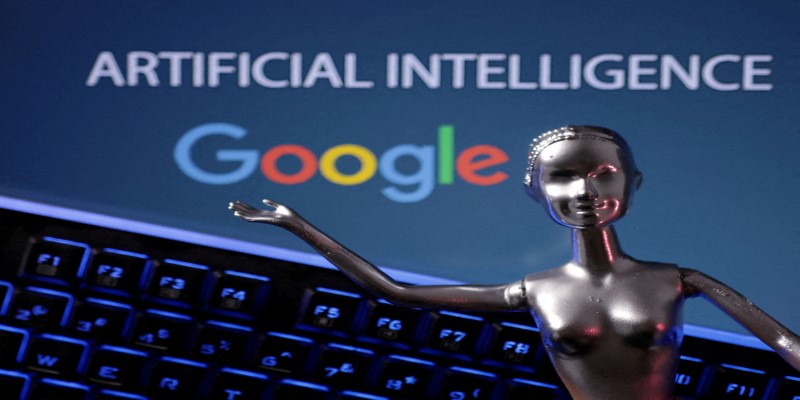
Google has updated its stance on AI-generated content. Learn how to navigate Google’s new policies, avoid penalties, and create high-quality content that meets search engine standards.

Learn how developers feel about AI’s growing role in software workflows and what changes they expect in daily coding.
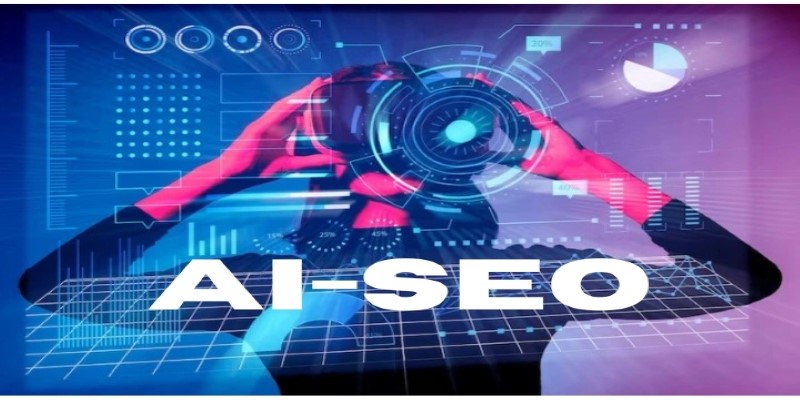
Looking to boost your SEO in WordPress? Discover 10 AI-powered tools and strategies to improve your content, keyword research, image optimization, and more in 2025.
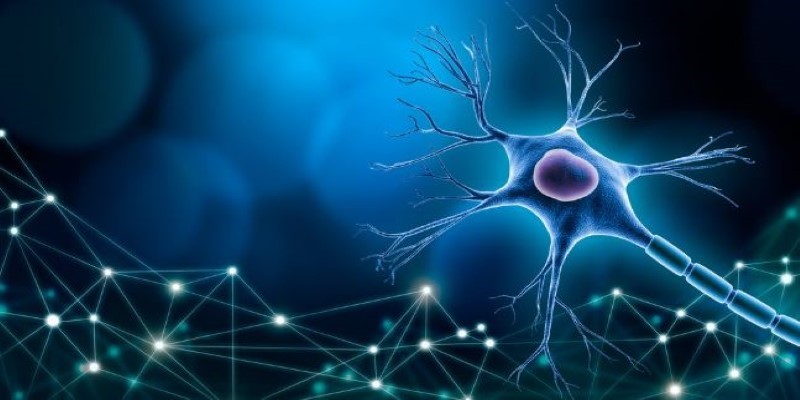
How nature-inspired optimization algorithms solve complex problems by mimicking natural processes. Discover the principles, applications, and strengths of these adaptive techniques

Discover how ChatGPT helps build efficient workflows by improving focus, automating tasks, and enhancing clarity.

Explore how HIX AI and GPT-4 work together to automate writing tasks, boost content quality, and save valuable time.
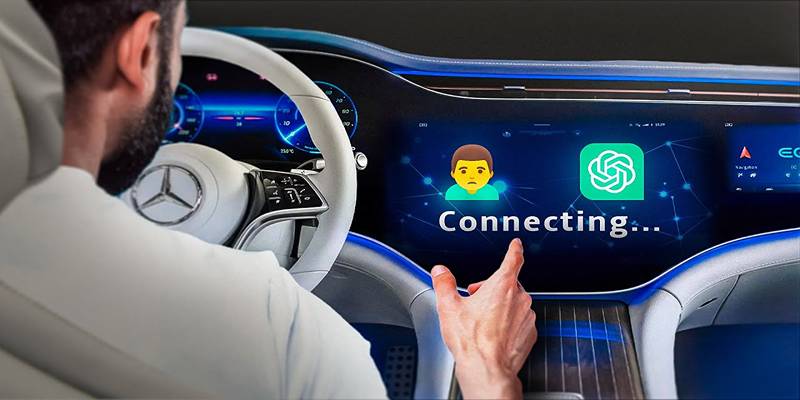
Compare Claude and ChatGPT on task handling, speed, features, and integration to find the best AI for daily use.